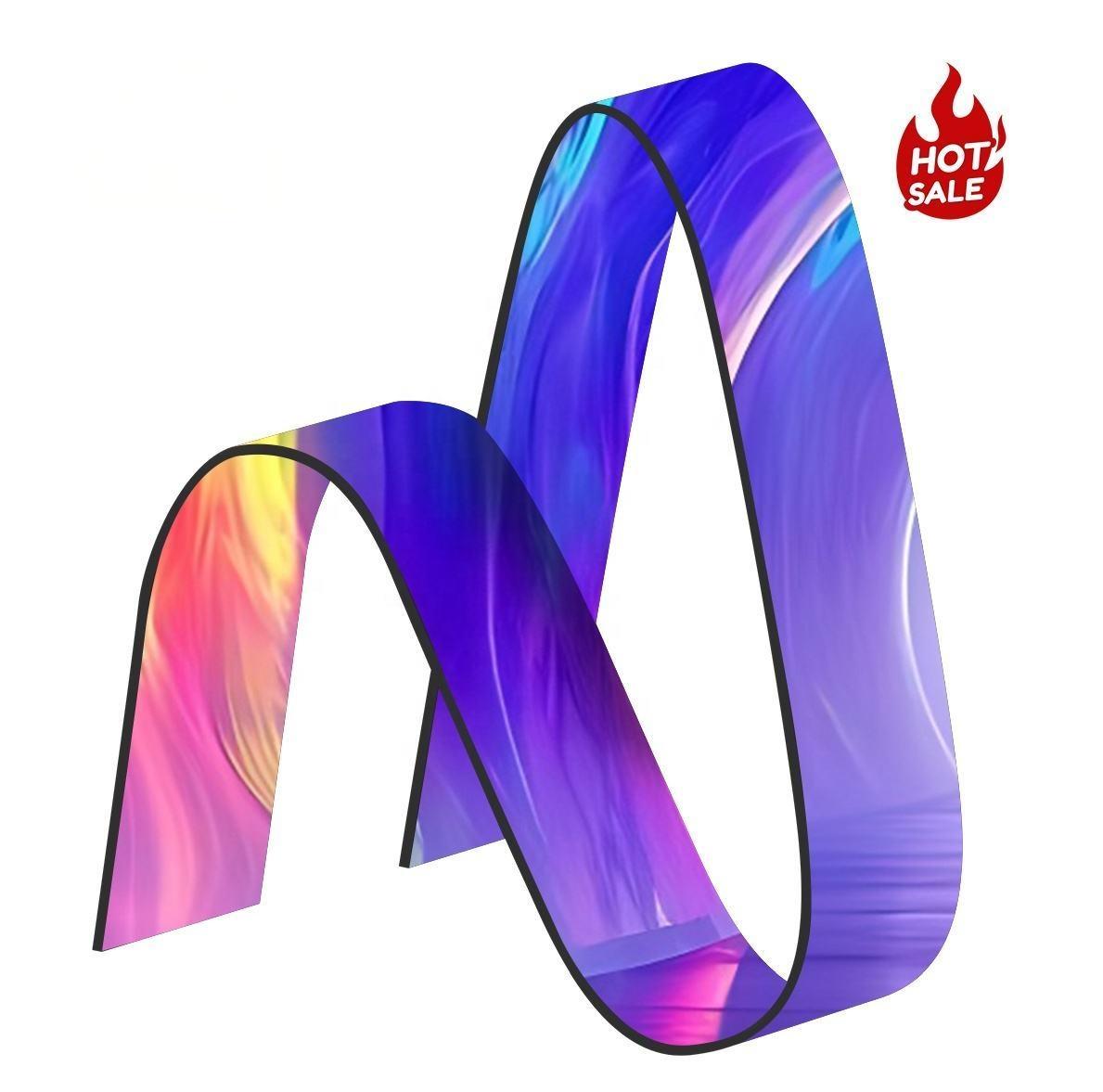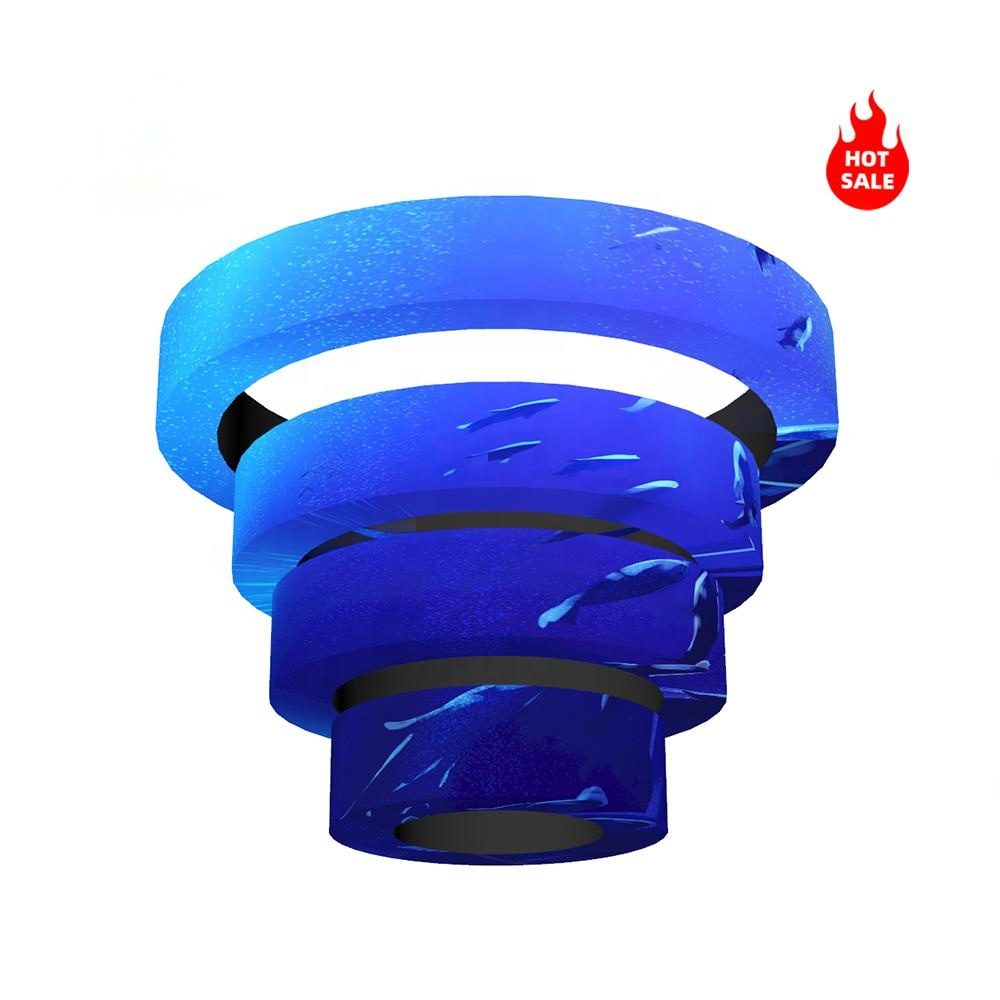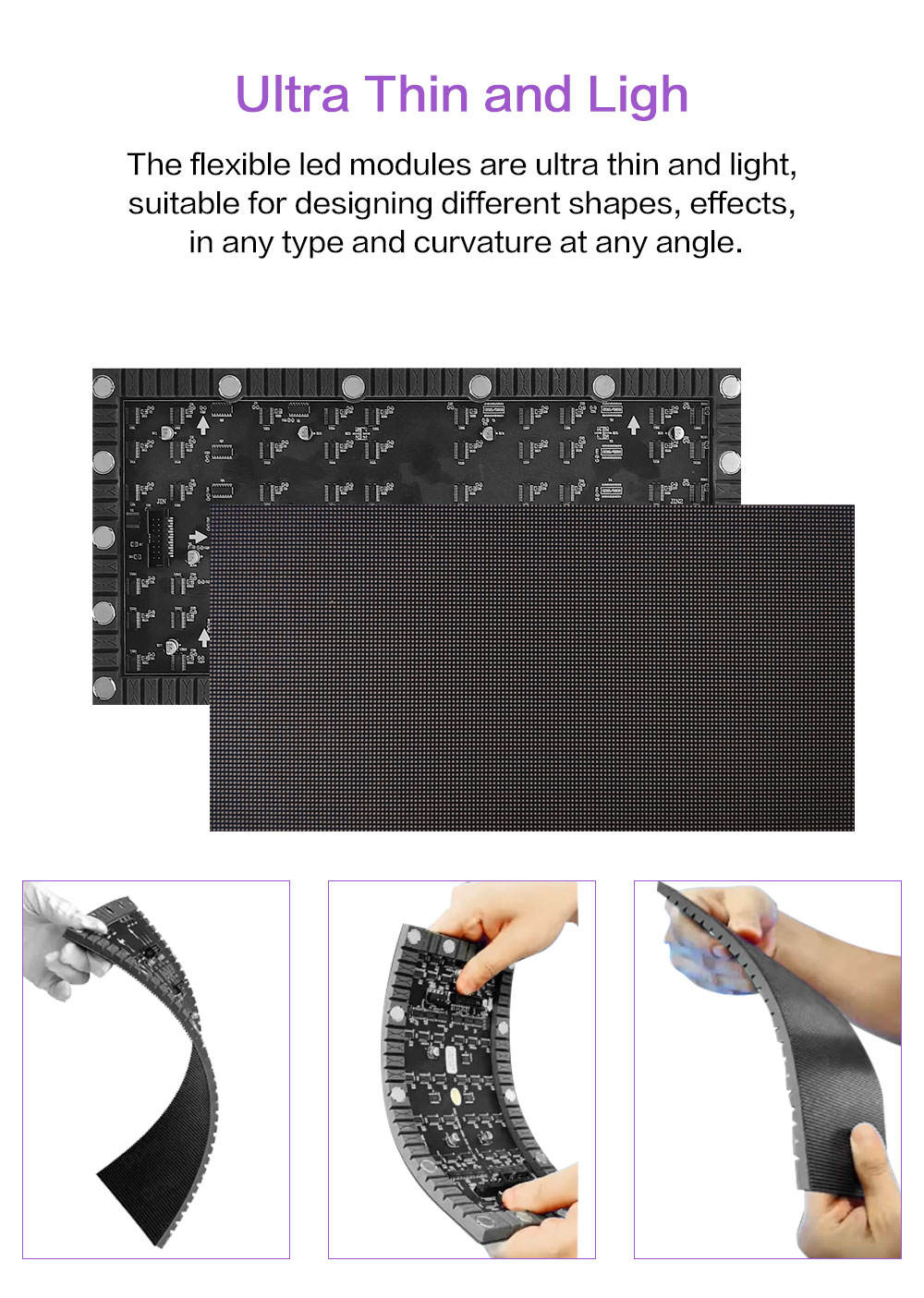About Special-Shaped Screens: From Technological Charm to Scene Exploration, Inviting You to Discuss Infinite Possibilities
As technological consumption demands upgrade, people’s expectations for display devices have moved beyond “being usable” to pursuing both “ease of use” and “aesthetics,” turning special-shaped screens from a concept into a mainstream display form. Unlike traditional regular screens, their greatest strength is strong “scene adaptability”—they are no longer standalone electronics but “visual elements” that integrate deeply into spatial design.
Curved screens fitting building surfaces, irregular screens mimicking art installations, or customized strip/circular screens all break the boundary between scenes and devices, blending displayed content with ambient atmosphere for a more immersive visual experience.
Today’s special-shaped screens have made qualitative leaps in core performance: their high-definition resolution matches professional LCD TVs, with 4K or even 8K effects restoring every detail clearly; color performance is closer to reality, thanks to wide color gamut technology that makes images vivid—whether showing subtle textures of cultural relics or rich layers of product ads, they convey visual information accurately.
More importantly, their “plasticity” keeps advancing toward humanization: supporting touch interaction, flexible installation angle adjustments, adaptation to different brightness environments (from indoor soft light to outdoor glare), and even custom size/display ratio, truly achieving “on-demand customization.”
Such screens—combining aesthetics and functionality—have been applied in various scenarios. In cultural venues like museums and art galleries, curved special-shaped screens wrap display cabinets, letting visitors learn about cultural relics’ history via screens without looking down at info cards; science museums use irregular ones for interactive devices, turning abstract scientific principles into dynamic visuals.
In commercial spaces, shopping mall atriums use giant curved screens for brand videos (replacing traditional light boxes to attract customers), cosmetics counters use strip screens to show product shades and on-face effects, and restaurants use circular screens as table decorations to play food preparation processes.
In public areas, subway stations fit curved screens on tunnel walls for dynamic images (creating a “time tunnel” feel for waiting passengers), while hospital corridors use strip screens to scroll department guides and consultation info—more eye-catching and flexible than traditional signs.
Yet many customers wonder: Is installing such “non-traditional” screens allowed in their region? Is there a rule that “they can only be indoors, not outdoors”? In fact, there’s no absolute restriction on installation scenarios—the key is choosing a suitable “outdoor-specific model,” which has anti-glare, waterproof, dustproof, and high-temperature-resistant technologies to handle complex outdoor conditions; indoor models, by contrast, focus more on color delicacy and installation flexibility.
Beyond these scenarios, where else could special-shaped screens be used? As an “art background screen” in living rooms, an “interactive teaching screen” in gyms, or in car interiors or children’s playgrounds? We believe their potential is far from fully tapped—we welcome you to share your ideas, whether whimsical creativity or practical scenario needs.
We’re ready to listen and explore implementation possibilities, so technology can truly serve every unique scene.
Do you need me to further refine the application plan of special-shaped screens for a certain specific scenario (such as home or automobile), or supplement the technical parameter suggestions for different scenarios?
Post time: Oct-24-2025





